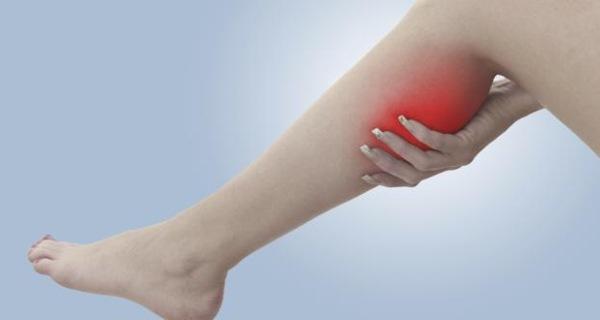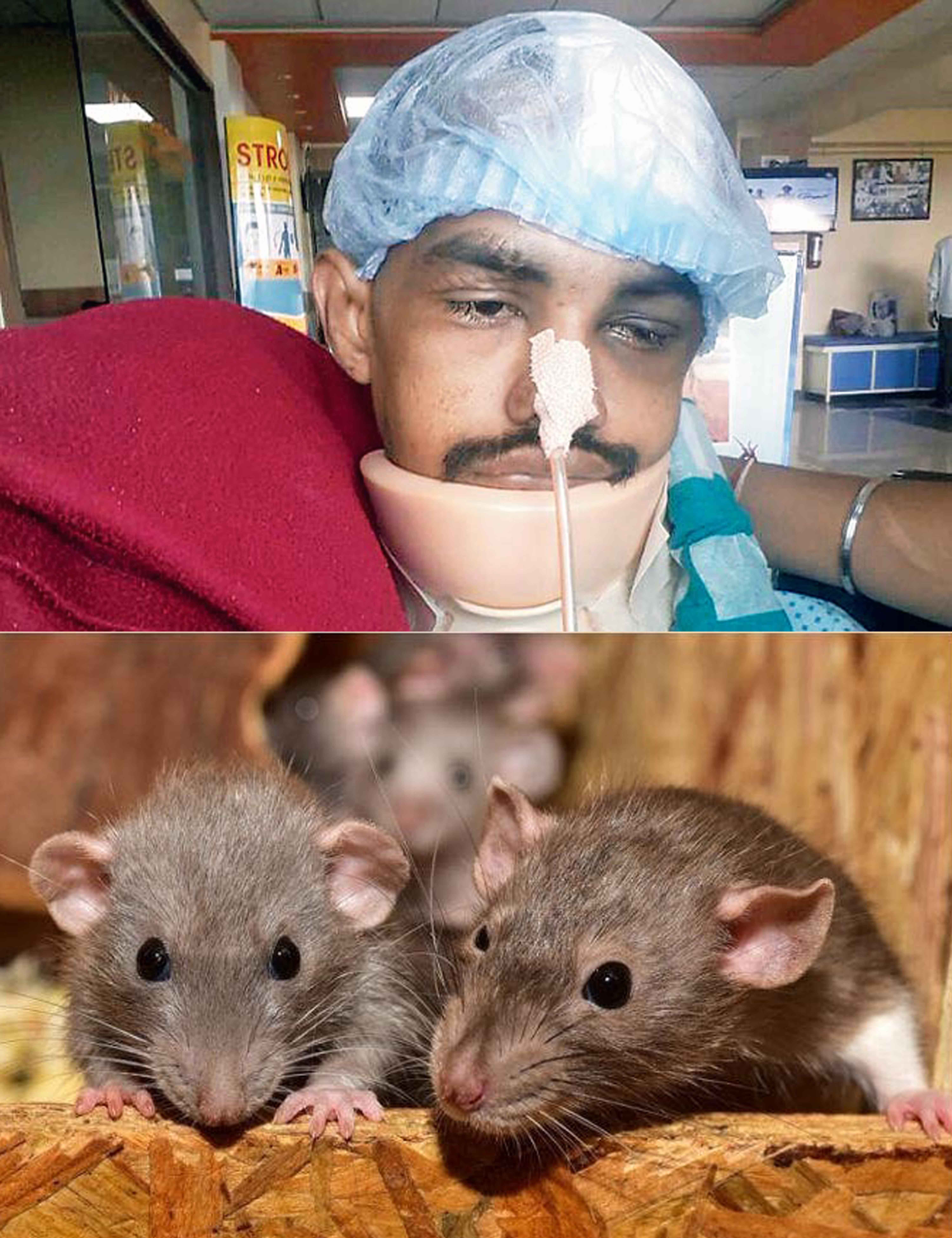Cramp is an episode of sudden and severe pain in the muscles (eg of the leg). It is caused by an involuntary contraction of muscle.When the motor system is stressed, either by a neuromuscular disease or by a physiologic stress such as dehydration or excessive exercise, cramps become more frequent. Cramps can last from a few seconds to up to few minutesAfter the cramps have passed, there may be pain and tenderness in the limb for several hours. Majority occur during sleep.

Causes of leg cramps:
1 Idiopathic (no apparent cause)
2 Secondary
- Some medicines can cause cramps as a side-effect, or make cramps occur more often. These include: ‘water’ tablets called thiazide diuretics and loop diuretics, nifedipine, cimetidine, salbutamol, statins, terbutaline, lithium, penicillamine and phenothiazines (prochlorperazine, perphenazine, chlorpromazine).
- Over-exertion of muscles.
- Lack of fluid in the body (dehydration).
- Conditions that cause alterations in the balance of salts in the bloodstream (such as a high or low sodium or potassium level).
- Some people who have kidney (renal) dialysis have leg cramps.
- Pregnancy – usually in the later stages.
- An untreated underactive thyroid gland.
- Peripheral arterial disease. In this condition there is narrowing of the leg arteries which causes poor circulation.
- Excess alcohol.
- Some uncommon disorders of nerves.
- Rare causes which include ‘scarring’ of the liver (cirrhosis), lead poisoning and an inflammatory condition called sarcoidosis.

Treatment for a cramp:
Stretching and massaging the affected muscle can usually relieve an attack of cramp.
Most cramps soon ease off. Painkillers are not usually helpful as they do not act quickly enough. However, a painkiller such as paracetamol may help to ease muscle discomfort and tenderness that sometimes persist for up to 24 hours after a cramp has gone
Quinine is used as a last resort – and you need to be aware of the risks
If you take quinine you have a good chance of reducing the number and/or severity of leg cramps; however, it may not stop them altogether. One tablet at bedtime is the normal dose. Most people can take quinine but do not take it if you are pregnant or may become pregnant. There are also some rare conditions where you should not take quinine. These include a previous reaction to quinine; a previous haemolytic anaemia; optic neuritis; glucose 6-phosphate dehydrogenase deficiency.
When to contact your neurologist:
1) You think your medication may be causing your leg cramps.
2) You get leg cramps frequently, or they are so painful that they disrupt your sleep and you are unable to function normally the next day.
3) If the muscles in your legs are shrinking or becoming weaker.
4) Cramps develop after you come into contact with substances that could be toxic (poisonous eg mercury, lead) or infectious (a cut that is contaminated with soil, which can lead to tetanus)






